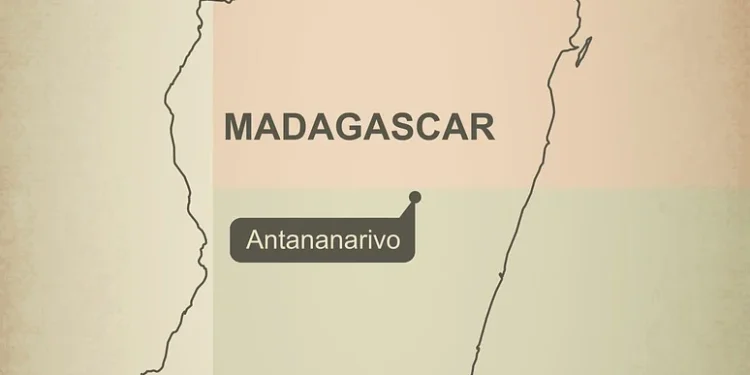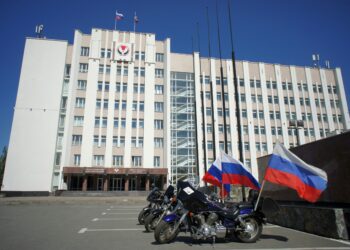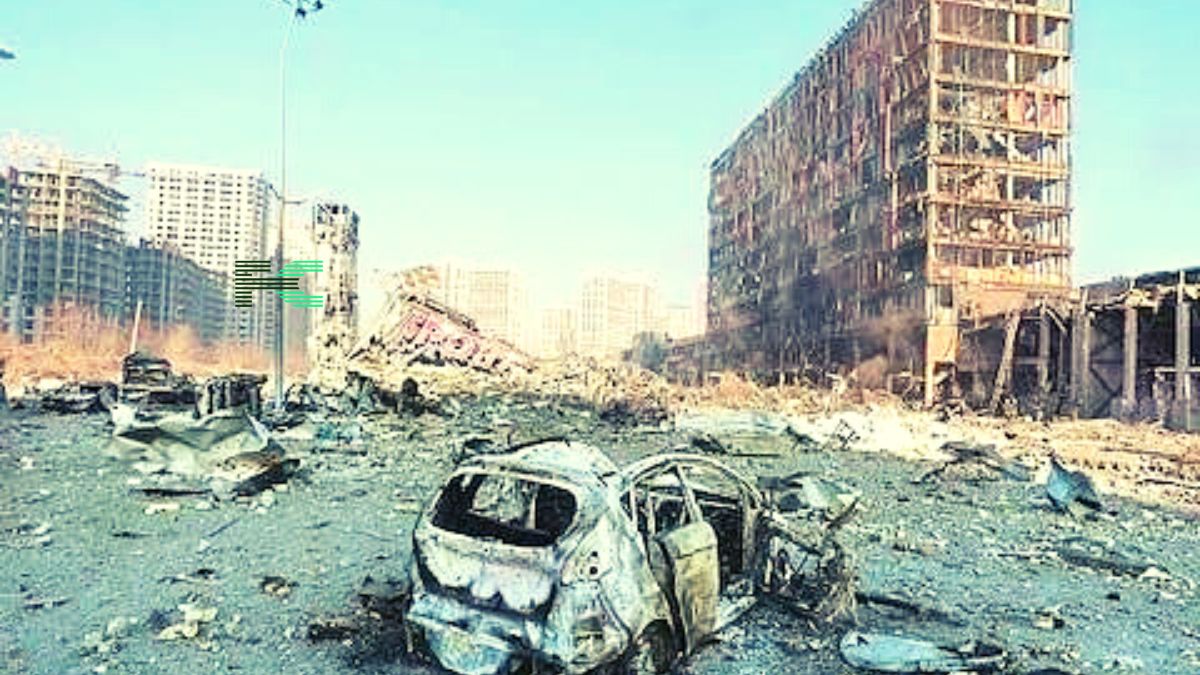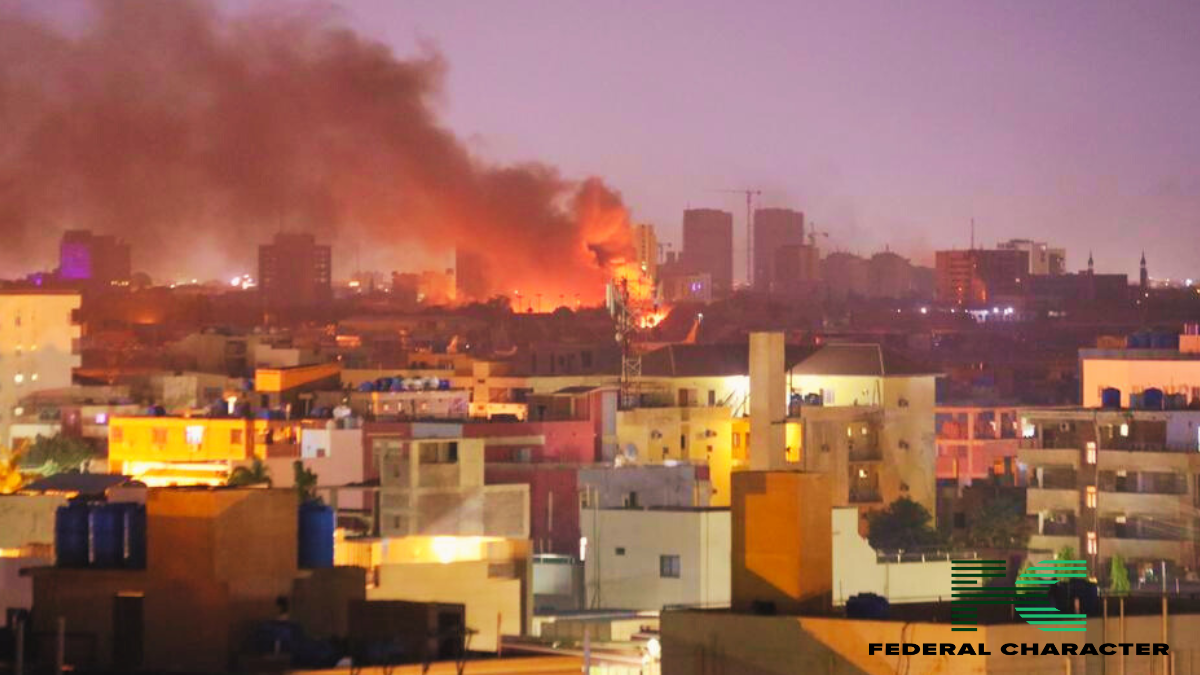The debilitating political crisis in Madagascar is a testament to the decades-long failure of governance and infrastructure that has left the nation’s youth, the Gen Z Mada movement, to bear the brunt of it all. What began as an outcry against predictable, crippling power and water shortages has rapidly morphed into a seismic demand for President Andry Rajoelina’s resignation and a complete overhaul of a broken system.
The administration had responded by deploying rubber bullets and tear gas against citizens demanding basic human rights in a desperate display of a regime unable or unwilling to address the foundational issues plaguing the island nation. The violence, which the UN reports has claimed at least 22 lives, is a tragic consequence of this political and economic malaise.
The heart of this unrest lies in the chronic failure of public services, a brutal symbol of systemic corruption in Madagascar. How can a country with significant natural resources (the world’s leading vanilla exporter) leave over 75% of its population in poverty? The routine 12-hour-long daily outages in electricity and water, the initial spark of the protests, lay bare the catastrophic neglect of Madagascar’s infrastructure failure.
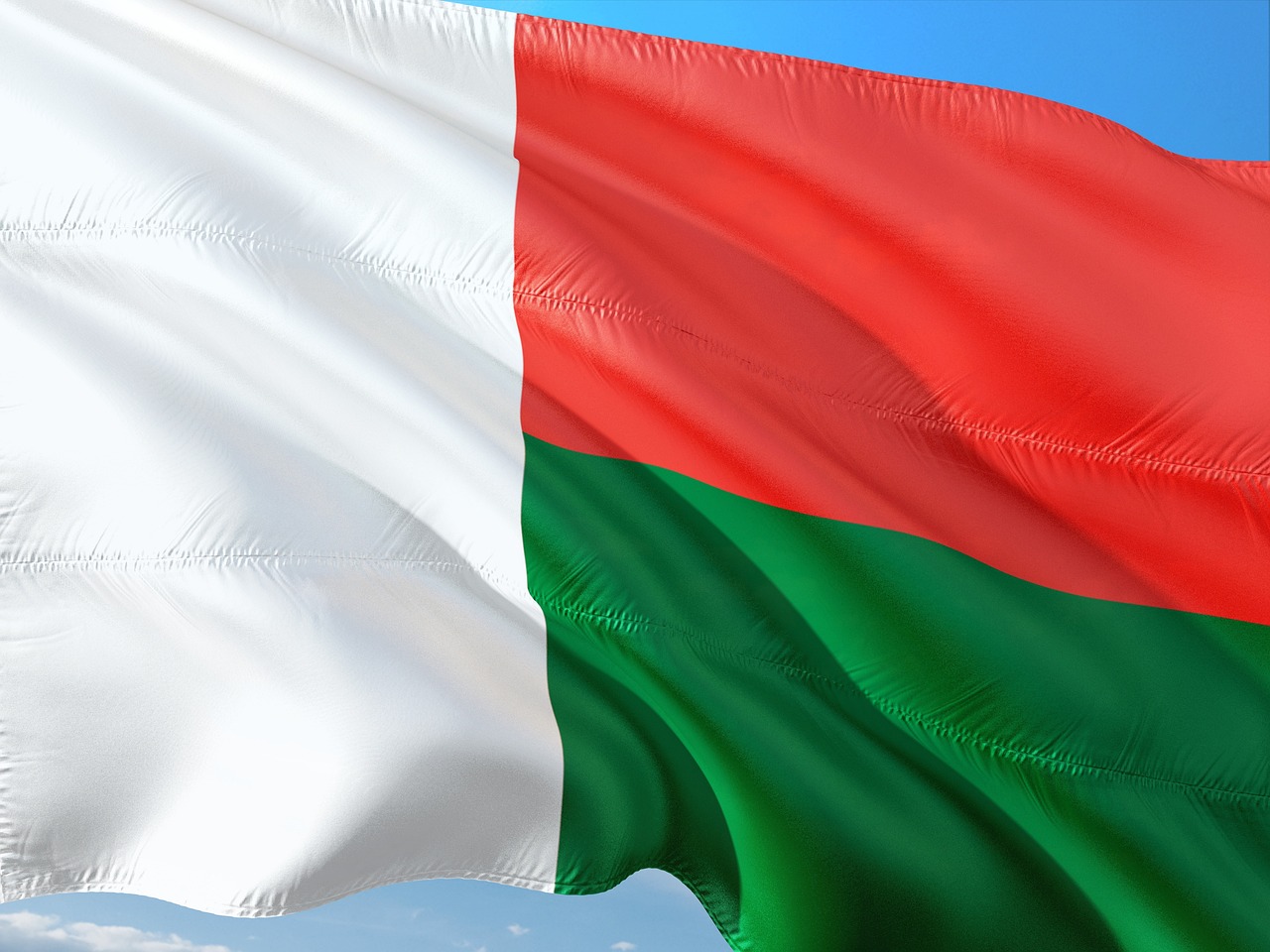
President Rajoelina’s attempt to placate the rising tide of discontent by the eleventh-hour sacking of his government and the unconvincing appointment of an army general as Prime Minister however, rings hollow. Additionally, his promise to resign in a year if power cuts persist, delivered during a carefully curated town-hall meeting, is a political sleight of hand. It attempts to buy time and deflect responsibility, ignoring the broader concerns of high unemployment, the Madagascar cost-of-living crisis, and rampant graft.
The Gen Z Mada movement rightly rejected this “sham dialogue,” recognizing it for what it is: a tactic to divide and conquer, not a genuine effort to engage with the legitimate grievances of the people. This refusal to negotiate with a government that is simultaneously repressing them demonstrates a mature, principled political stand by the youth.
The youth-led protests in Antananarivo and beyond are of great consequence because they are not just calling for a change of leadership, but for a fundamental reform of Madagascar’s political system. They are drawing inspiration from global youth movements, signifying a collective awakening and they are now lamenting how tired they are of “just surviving” and now they are demanding to live. Their demands have broadened from just Rajoelina’s departure to include dissolving the Senate and overhauling institutions like the Constitutional Court and the Election Commission—a clear roadmap for institutional reform.
Why It Matters
The president’s accusation that the protests are an “attempted coup” funded by foreign entities is a familiar, tired narrative used by authoritarian regimes across the continent to delegitimize popular democratic movements. It is an insult to the Malagasy youth, who are simply demanding that their government be transparent, competent, and accountable. Rajoelina’s own history—coming to power via mass protests that led to a 2009 military intervention—highlights a devastating cycle of political instability in Madagascar that only true, structural reform can break.
The protests may ebb and flow, but the deep-seated rage of the Malagasy people (fueled by broken infrastructure and broken promises) will only intensify until fundamental change is delivered. The choice facing President Rajoelina is frusta clear as day: embrace radical reform and a path to genuine stability, or risk being swept away by the unstoppable tide of a generation that has declared it will not submit.
What choice he makes remains to be seen.

